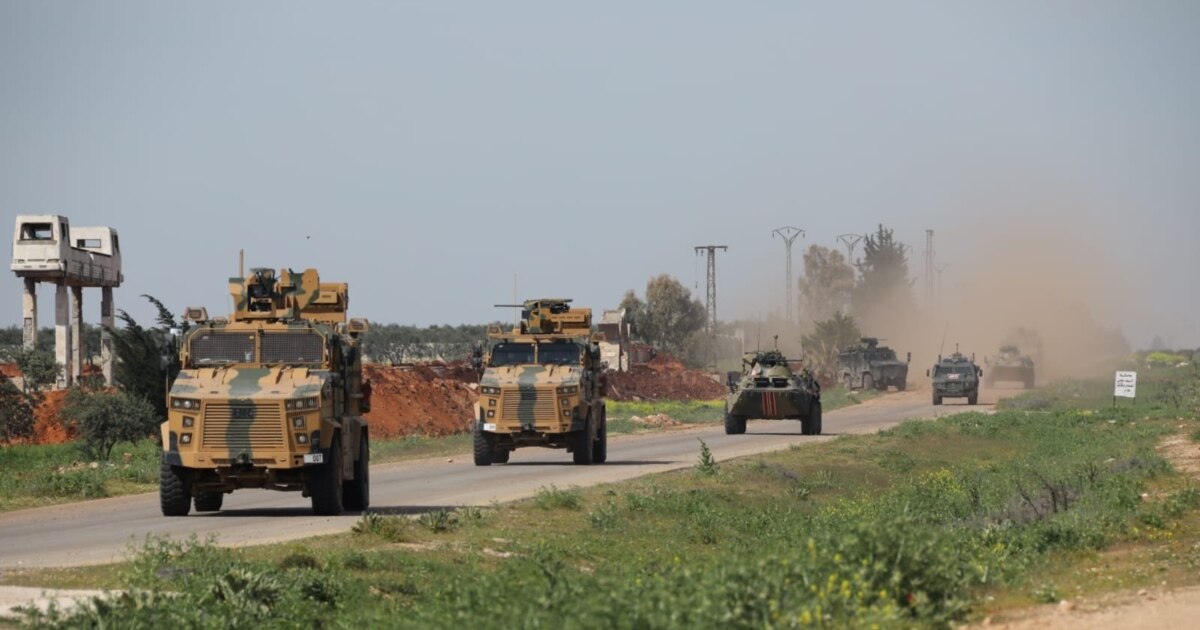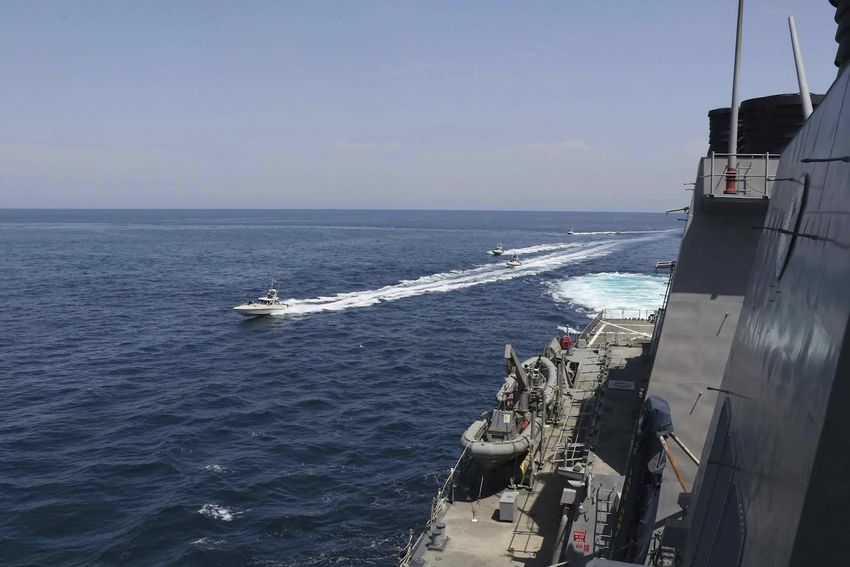(413) 03-28-2020-to-04-03-2020___****THE****WINDS****of****WAR****
 www.timebomb2000.com
www.timebomb2000.com
(414) 04-04-2020-to-4-10-2020___****THE****WINDS****of****WAR****
 www.timebomb2000.com
www.timebomb2000.com
(415) 04-11-2020-to-4-17-2020___****THE****WINDS****of****WAR****
 www.timebomb2000.com
www.timebomb2000.com
-------------------
Posted for fair use.....

 foreignpolicy.com
foreignpolicy.com
Q&A
Pentagon Considers Extending Enlistments During Pandemic
Senior defense official expects to see more impacts to war readiness as the coronavirus outbreak hampers recruiting and halts travel.
By Jack Detsch | April 17, 2020, 3:59 PM
The U.S. Defense Department is trying to keep its strategy to get ready for a potential future war with China and Russia during the coronavirus pandemic by pushing the military to extend enlistments, Matthew Donovan, the Pentagon’s undersecretary for personnel and readiness, told Foreign Policy in an interview.
Donovan, who previously served as the Air Force’s No. 2 civilian and has held his current role in an acting capacity since December, had to step aside for confirmation in early March as the disease ravaged American society. By the time he took over late last month, “the whole world had changed,” Donovan recalled. “I knew that the personnel and readiness organization was going to be knee-deep in all of this stuff.”
Until the Pentagon has a vaccine for COVID-19 in hand, Donovan expects the agency “to be operating under a little bit different routine,” making up for gaps in recruiting by convincing would-be retirees to stay in the armed forces. The Defense Department will continue rotating troops forward toward Asia but in a “phased approach,” he said.
This interview has been edited for length and clarity.
Foreign Policy: How will the U.S. military’s response to the coronavirus pandemic impact readiness for a future war?
Matthew Donovan: Everybody across the globe is kept informed as far as the impacts to readiness. I know that’s a concern a lot of folks have, [but] we’re not seeing impacts right now. We know anecdotally they’re happening. I can give you a couple of examples. We do a lot of joint and coalition exercises around the world with our coalition partners, with our allies, and with friendly nations. A lot of those have been either reduced in scope or outright canceled since about the February time frame. We know that there’s a high-level impact to readiness from those large-scale exercises that we do.
Now, as far as training and readiness activities at the local level, those are still continuing in most places around the world because they don’t have to travel. If you take the case of a fighter squadron, they’re still flying and maybe at a little bit more reduced schedule. So we’re not really seeing that core readiness being impacted. Even on the exercises that have been reduced in scope, a lot of them are reduced in scope to a tabletop exercise, if you will, or main players are probably called in virtually to work on a war game, which is not unlike the real world because we very rarely have all the players sitting in a room anyway. I think eventually we will see more impact, but as of right now, it’s nothing that we’re really that concerned about.
FP: Do the military’s geographic combatant commands have enough resources to deal with a major contingency with the USS Theodore Roosevelt currently pier-side in Guam and so many guardsmen and reservists tied up in fighting the pandemic?
MD: The Navy’s been pretty clear that if there was a contingency that required the use of the Teddy Roosevelt that they would be able to get her underway and be effective in a wartime scenario. Remember, they have crews all over the world that you could fly in and man the ship and move out. Now it’s not an ideal situation, obviously. But we’re not in that contingency situation right now.
FP: In light of what happened on the Roosevelt, are there other installations or platforms that the Defense Department is worried won’t allow for social distancing?
MD: The Navy has certain environments where it’s not possible to maintain social distancing. But there are other things we can do. Simply washing hands, cleaning, and disinfecting surfaces helps a lot with that. So the force health protection guidance that we’ve put out in its various supplements is sort of broad guidance across the force, and then the services take that guidance and tailor it to their individual situations. I think generally you will find that across the entire force, that’s what the services are doing.
Another example is the basic training that we do. The services institute isolation periods if any affected folks start presenting symptoms before they put them into the general population of a training base.
FP: Can you tell me about the impact you’ve seen on recruitment during the pandemic? The services have ambitious recruiting targets to prepare for a potential war with Russia and China.
MD: Our recruiting targets were actually being met up until the pandemic hit. From what I understand, the Marines, who have more of an attrition-style force, have met 100 percent of their recruiting goals through virtual meet. All the services are increasing the use of the virtual world and IT in order to process troops and get them through the recruiting process. They’ve had to reduce the throughput a little bit because of these mitigation measures that we’ve put into place in order to prevent the spread of COVID-19. So, generally, the services, plus or minus a percent or two, are running at about 60 percent of the capacity that they had before the pandemic.
That’s still a significant amount of people to get through the system. Because they’re only getting about 60 percent of the new recruits into the system, they’re also taking an increasing retention. What I have recommended to the services is that they take a real hard look at extensions of enlistment periods, or delaying dates of separation or retirements for folks who are eligible to do that, in order to keep that side of the equation up.
FP: How seriously is the Pentagon considering a measure like “stop loss,” which would keep troops in the ranks past their separation date?
MD: Defense Secretary Mark Esper has been clear that stop loss is one of the tools that he has, but he’s only going to use that as a measure of last resort. It has long-term impacts to folks who wouldn’t have otherwise separated and have follow-on plans.
If you think about the economy in the way it is right now with unemployment skyrocketing, over the next weeks and months, they’re probably worried about whether they will have a job when they get out. They probably are incentivized to agree to an extension for another year. Let the economy recover and then you’ll be in a better position on the way out. So I think the mitigation measures that we would do by extending those enlistments and allowing people to stay longer will minimize that.
Long term, we’re probably going to have constraints on us until we get to a vaccine for COVID-19. Once we get a vaccine, then it becomes more of a routine like smallpox or polio or all those vaccinations that you get as a child that you don’t think much about because it’s just not a problem anymore. I do believe that we have folks working hard on it. But in the meantime, we’re probably going to have to be operating under a little bit different routine than we had in the past until we get to that point.
FP: The Defense Department has hoped to rotate more troops to Asia. How will the travel restrictions from COVID-19 impact that?
MD: The secretary is very engaged in examining the travel restrictions that are in place. We’ve got a lot of lessons learned on what we would be able to do. We know more about COVID-19 too and the way it’s acting. We really need to get to a true screening test capability where we can give our commanders a high level of confidence that their folks are either test-positive and can be isolated and treated or they test negative and they have a high level of confidence in the safety and effectiveness of the rest of their unit. The available testing right now is diagnostic tests. The testing will confirm that you’re positive for COVID-19, but it will not confirm if you’re negative. So it causes us to have to put into place those isolation concepts to make sure that we’re minimizing the risk to our units and the families as well. But we’re learning that there are certain hot spots where it’s more prevalent, but there are other areas where we’re seeing very few infections. So we may be able to take a sort of phased approach on how we do this.
We have folks that the travel restrictions sort of froze in place of where they were and some folks got caught in the middle of a permanent change of station move. It came on so rapidly that, you know, some folks and their household goods moved but then they were told they couldn’t go, and now they’re sort of stuck in that limbo. We need to be able to prioritize which movements are going to be the most important that we can allow to continue. And then of course, we have folks who are in operational war zones as well who need to be rotated back so they can get home and take care of their families.
Jack Detsch is Foreign Policy’s Pentagon and national security reporter. Twitter: @JackDetsch
WAR - 03-28-2020-to-04-03-2020___****THE****WINDS****of****WAR****
(410) 03-07-2020-to-03-13-2020___****THE****WINDS****of****WAR**** http://xf.timebomb2000.com/xf/index.php?threads/03-07-2020-to-03-13-2020___-the-winds-of-war.569280/ (411) 03-14-2020-to-03-20-2020___****THE****WINDS****of****WAR****...
(414) 04-04-2020-to-4-10-2020___****THE****WINDS****of****WAR****
WAR - 04-04-2020-to-4-10-2020___****THE****WINDS****of****WAR****
(411) 03-14-2020-to-03-20-2020___****THE****WINDS****of****WAR**** WAR - 03-14-2020-to-03-20-2020___****THE****WINDS****of****WAR**** (412)...
(415) 04-11-2020-to-4-17-2020___****THE****WINDS****of****WAR****
WAR - 04-11-2020-to-4-17-2020___****THE****WINDS****of****WAR****
(412) 03-21-2020-to-03-27-2020___****THE****WINDS****of****WAR**** WAR - 03-21-2020-to-03-27-2020___****THE****WINDS****of****WAR**** (413)...
-------------------
Posted for fair use.....

Pentagon Considers Extending Enlistments During Pandemic
Senior defense official expects to see more impacts to war readiness as the coronavirus outbreak hampers recruiting and halts travel.
Q&A
Pentagon Considers Extending Enlistments During Pandemic
Senior defense official expects to see more impacts to war readiness as the coronavirus outbreak hampers recruiting and halts travel.
By Jack Detsch | April 17, 2020, 3:59 PM
The U.S. Defense Department is trying to keep its strategy to get ready for a potential future war with China and Russia during the coronavirus pandemic by pushing the military to extend enlistments, Matthew Donovan, the Pentagon’s undersecretary for personnel and readiness, told Foreign Policy in an interview.
Donovan, who previously served as the Air Force’s No. 2 civilian and has held his current role in an acting capacity since December, had to step aside for confirmation in early March as the disease ravaged American society. By the time he took over late last month, “the whole world had changed,” Donovan recalled. “I knew that the personnel and readiness organization was going to be knee-deep in all of this stuff.”
Until the Pentagon has a vaccine for COVID-19 in hand, Donovan expects the agency “to be operating under a little bit different routine,” making up for gaps in recruiting by convincing would-be retirees to stay in the armed forces. The Defense Department will continue rotating troops forward toward Asia but in a “phased approach,” he said.
This interview has been edited for length and clarity.
Foreign Policy: How will the U.S. military’s response to the coronavirus pandemic impact readiness for a future war?
Matthew Donovan: Everybody across the globe is kept informed as far as the impacts to readiness. I know that’s a concern a lot of folks have, [but] we’re not seeing impacts right now. We know anecdotally they’re happening. I can give you a couple of examples. We do a lot of joint and coalition exercises around the world with our coalition partners, with our allies, and with friendly nations. A lot of those have been either reduced in scope or outright canceled since about the February time frame. We know that there’s a high-level impact to readiness from those large-scale exercises that we do.
Now, as far as training and readiness activities at the local level, those are still continuing in most places around the world because they don’t have to travel. If you take the case of a fighter squadron, they’re still flying and maybe at a little bit more reduced schedule. So we’re not really seeing that core readiness being impacted. Even on the exercises that have been reduced in scope, a lot of them are reduced in scope to a tabletop exercise, if you will, or main players are probably called in virtually to work on a war game, which is not unlike the real world because we very rarely have all the players sitting in a room anyway. I think eventually we will see more impact, but as of right now, it’s nothing that we’re really that concerned about.
FP: Do the military’s geographic combatant commands have enough resources to deal with a major contingency with the USS Theodore Roosevelt currently pier-side in Guam and so many guardsmen and reservists tied up in fighting the pandemic?
MD: The Navy’s been pretty clear that if there was a contingency that required the use of the Teddy Roosevelt that they would be able to get her underway and be effective in a wartime scenario. Remember, they have crews all over the world that you could fly in and man the ship and move out. Now it’s not an ideal situation, obviously. But we’re not in that contingency situation right now.
FP: In light of what happened on the Roosevelt, are there other installations or platforms that the Defense Department is worried won’t allow for social distancing?
MD: The Navy has certain environments where it’s not possible to maintain social distancing. But there are other things we can do. Simply washing hands, cleaning, and disinfecting surfaces helps a lot with that. So the force health protection guidance that we’ve put out in its various supplements is sort of broad guidance across the force, and then the services take that guidance and tailor it to their individual situations. I think generally you will find that across the entire force, that’s what the services are doing.
Another example is the basic training that we do. The services institute isolation periods if any affected folks start presenting symptoms before they put them into the general population of a training base.
FP: Can you tell me about the impact you’ve seen on recruitment during the pandemic? The services have ambitious recruiting targets to prepare for a potential war with Russia and China.
MD: Our recruiting targets were actually being met up until the pandemic hit. From what I understand, the Marines, who have more of an attrition-style force, have met 100 percent of their recruiting goals through virtual meet. All the services are increasing the use of the virtual world and IT in order to process troops and get them through the recruiting process. They’ve had to reduce the throughput a little bit because of these mitigation measures that we’ve put into place in order to prevent the spread of COVID-19. So, generally, the services, plus or minus a percent or two, are running at about 60 percent of the capacity that they had before the pandemic.
That’s still a significant amount of people to get through the system. Because they’re only getting about 60 percent of the new recruits into the system, they’re also taking an increasing retention. What I have recommended to the services is that they take a real hard look at extensions of enlistment periods, or delaying dates of separation or retirements for folks who are eligible to do that, in order to keep that side of the equation up.
FP: How seriously is the Pentagon considering a measure like “stop loss,” which would keep troops in the ranks past their separation date?
MD: Defense Secretary Mark Esper has been clear that stop loss is one of the tools that he has, but he’s only going to use that as a measure of last resort. It has long-term impacts to folks who wouldn’t have otherwise separated and have follow-on plans.
If you think about the economy in the way it is right now with unemployment skyrocketing, over the next weeks and months, they’re probably worried about whether they will have a job when they get out. They probably are incentivized to agree to an extension for another year. Let the economy recover and then you’ll be in a better position on the way out. So I think the mitigation measures that we would do by extending those enlistments and allowing people to stay longer will minimize that.
Long term, we’re probably going to have constraints on us until we get to a vaccine for COVID-19. Once we get a vaccine, then it becomes more of a routine like smallpox or polio or all those vaccinations that you get as a child that you don’t think much about because it’s just not a problem anymore. I do believe that we have folks working hard on it. But in the meantime, we’re probably going to have to be operating under a little bit different routine than we had in the past until we get to that point.
FP: The Defense Department has hoped to rotate more troops to Asia. How will the travel restrictions from COVID-19 impact that?
MD: The secretary is very engaged in examining the travel restrictions that are in place. We’ve got a lot of lessons learned on what we would be able to do. We know more about COVID-19 too and the way it’s acting. We really need to get to a true screening test capability where we can give our commanders a high level of confidence that their folks are either test-positive and can be isolated and treated or they test negative and they have a high level of confidence in the safety and effectiveness of the rest of their unit. The available testing right now is diagnostic tests. The testing will confirm that you’re positive for COVID-19, but it will not confirm if you’re negative. So it causes us to have to put into place those isolation concepts to make sure that we’re minimizing the risk to our units and the families as well. But we’re learning that there are certain hot spots where it’s more prevalent, but there are other areas where we’re seeing very few infections. So we may be able to take a sort of phased approach on how we do this.
We have folks that the travel restrictions sort of froze in place of where they were and some folks got caught in the middle of a permanent change of station move. It came on so rapidly that, you know, some folks and their household goods moved but then they were told they couldn’t go, and now they’re sort of stuck in that limbo. We need to be able to prioritize which movements are going to be the most important that we can allow to continue. And then of course, we have folks who are in operational war zones as well who need to be rotated back so they can get home and take care of their families.
Jack Detsch is Foreign Policy’s Pentagon and national security reporter. Twitter: @JackDetsch

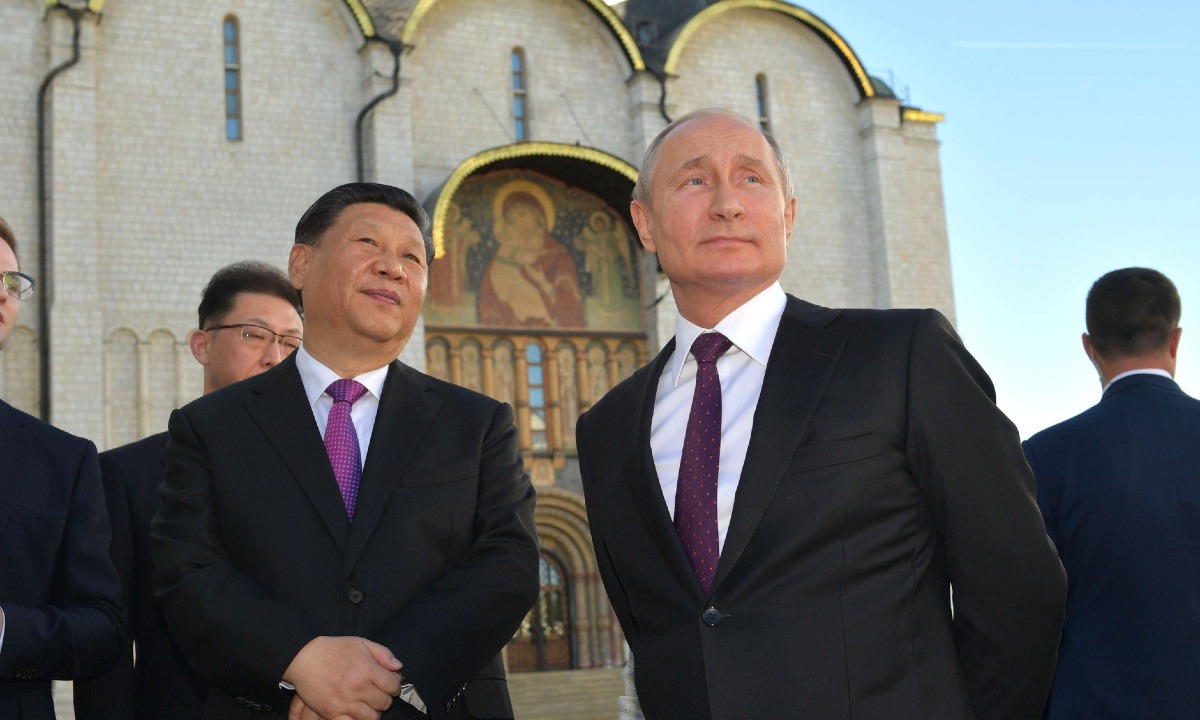












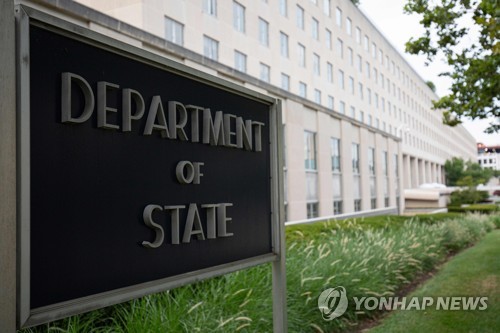
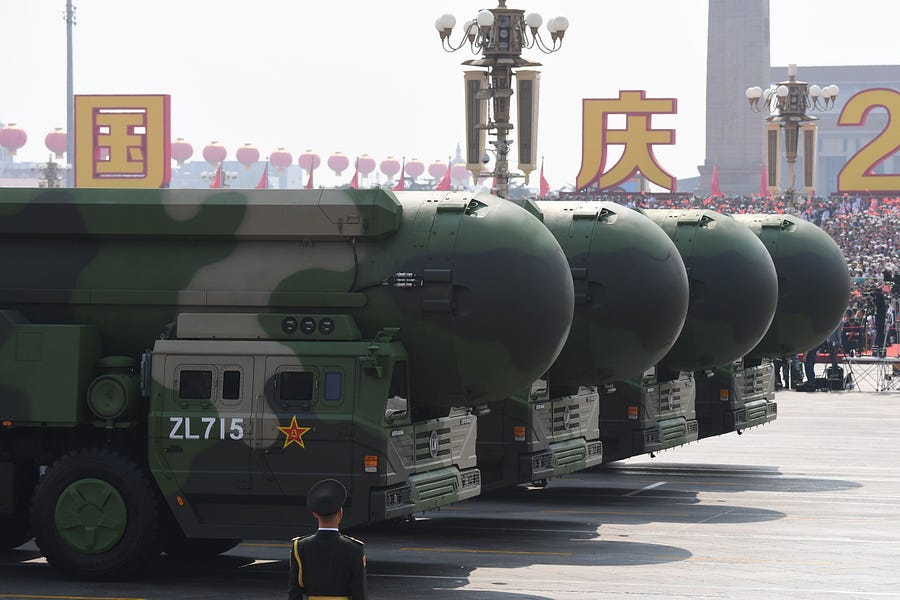














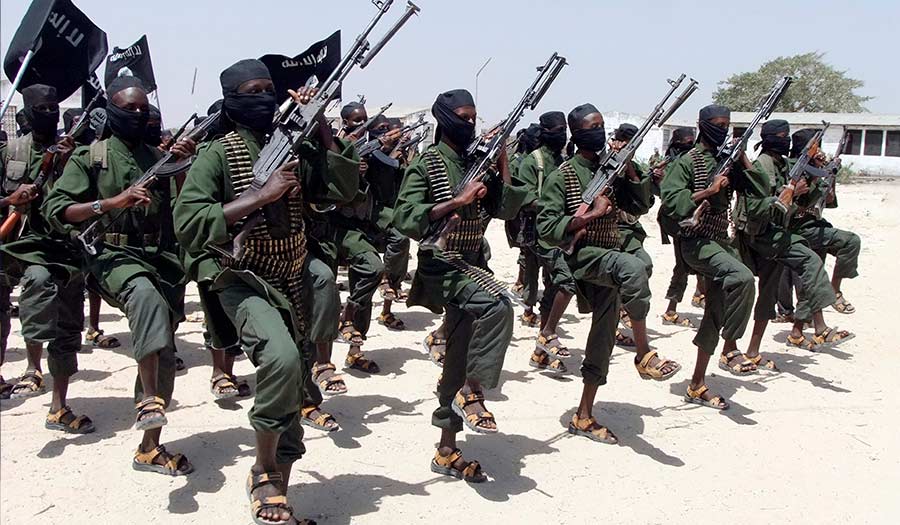
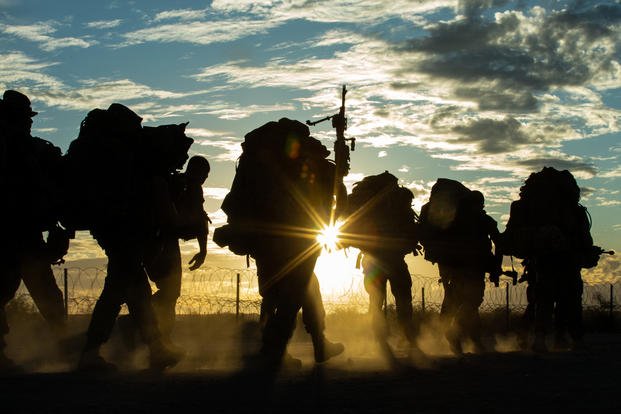







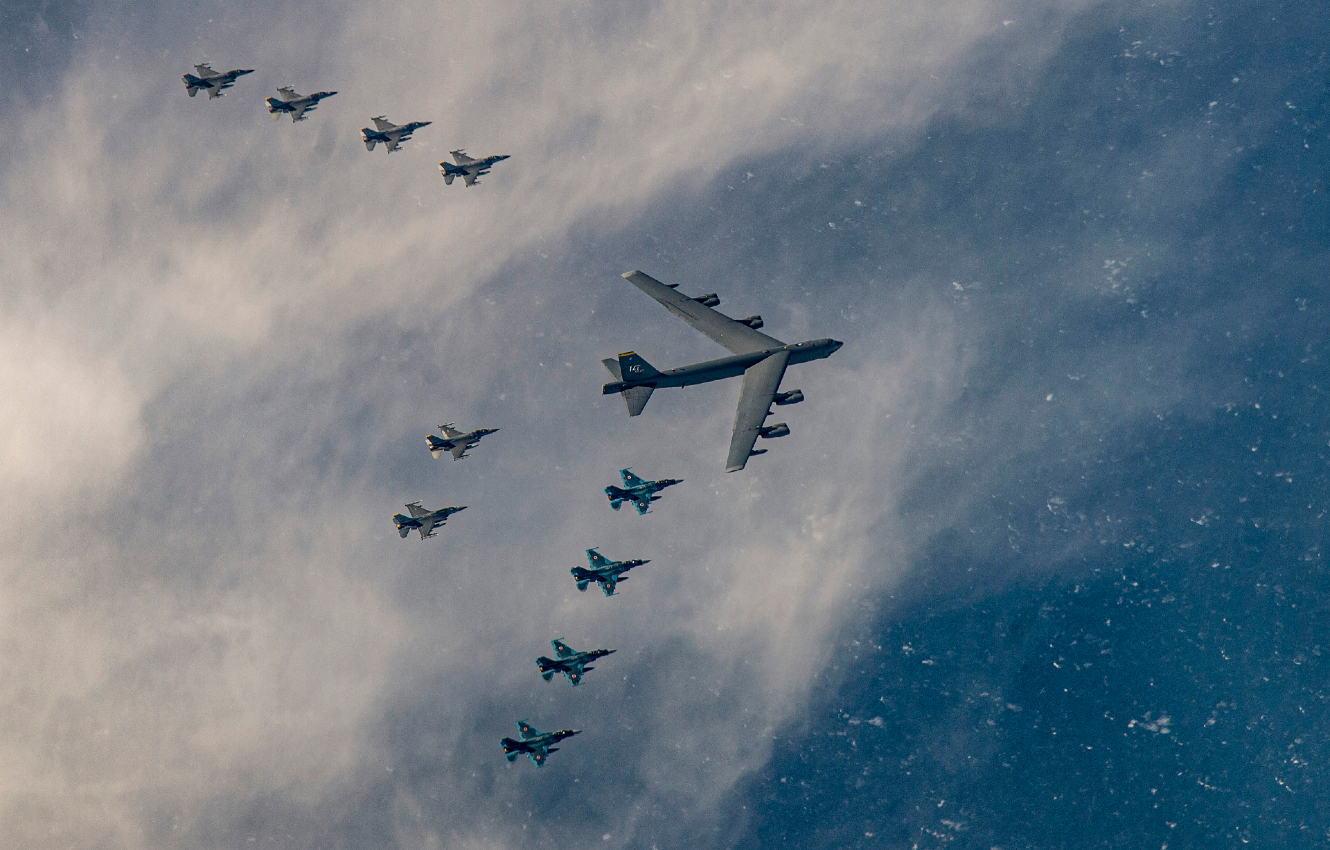


/arc-anglerfish-arc2-prod-mco.s3.amazonaws.com/public/YO2TXKKSL5HJLLKGU7HGICXHFQ.jpg)
/arc-anglerfish-arc2-prod-mco.s3.amazonaws.com/public/54FWHEVDFRDTPOF6GD7AKEZJ7E.jpg)
/arc-anglerfish-arc2-prod-mco.s3.amazonaws.com/public/4PG7HGBFDFCFZPMI42I5BM7UE4.jpg)


















